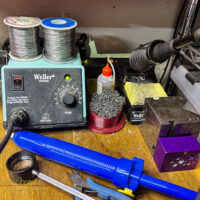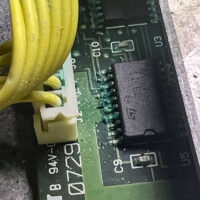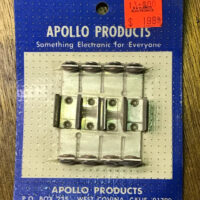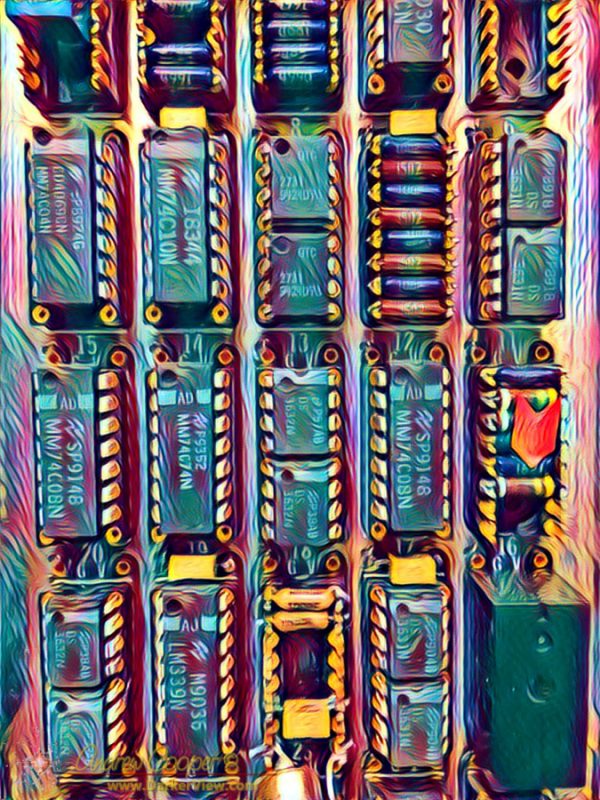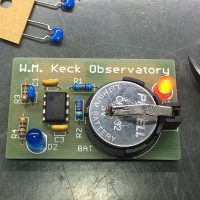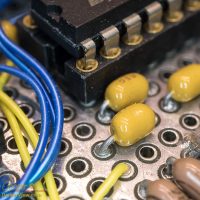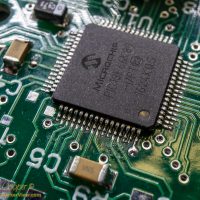For someone who works with their hands tools are important. We all have our favorite tools, that one we always use as we have for so many years. There may be a dozen screwdrivers in the rack, but that one is used almost every time.
Thus is with great sadness that I announce the death of my longtime soldering station.
A good soldering iron is a basic tool for an electronics engineer. A multimeter, a soldering iron, and a set of basic hand tools are absolutely necessary for any electronics workbench. To this end I had bought a very good iron, one that has served me well for several decades.
I wonder just how many soldered connections I made with this old soldering iron… Thousands upon thousands certianly, so many circuit boards, connectors, and wires.
There are no available spare parts for this long obsolete soldering station. There are many conversations on bulletin boards and chat rooms lamenting this as others have had their beloved soldering irons fail. The WES50 was long ago replaced by the WES51, and the parts are not interchangable.
With sadness I remove the old soldering station from the bench. I replace it with a new Weller WE1010NA station. I wonder just what work awaits the new soldering iron, how many solder joints will it see in the coming decades. I hope that this new iron will outlast me.

